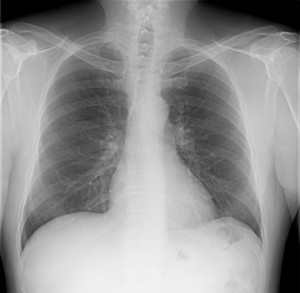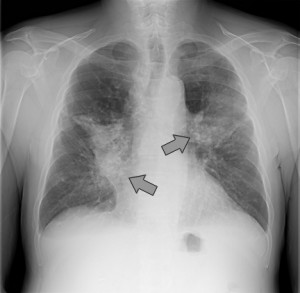-
Health & Wellness
Weekend Wellness: Symptoms of sarcoidosis vary depending on organs affected


DEAR MAYO CLINIC: I am very healthy and active, but was recently diagnosed
with sarcoidosis. My doctor said it may go away on its own, but I am worried it will worsen. How often should I see my doctor for monitoring the condition? What treatments do you recommend?
ANSWER: Your doctor is correct that sarcoidosis often goes away on its own. In many cases, it does not require treatment. But how often you need to see your doctor and any specific treatment recommendations for you should be based on your individual situation, including what triggered your diagnosis and any symptoms you may have.
Sarcoidosis is the growth of tiny collections of inflammatory cells in different parts of the body. The condition can affect almost any organ, but it is most commonly found in the lungs, lymph nodes, eyes and skin. Doctors believe sarcoidosis happens as a result of the body’s immune system responding to an unknown substance, most likely something inhaled from the air.
Signs and symptoms of sarcoidosis vary, depending on which organs are affected. Sarcoidosis sometimes develops gradually and produces symptoms that can last for years. Other times, symptoms appear suddenly and then disappear just as quickly. In its early stages, the disease may sometimes cause general symptoms such as fatigue, fever, swollen lymph nodes and weight loss. But many people with sarcoidosis have no symptoms at all.
Because the lungs are most often affected, chest symptoms such as shortness of breath, persistent dry cough, wheezing or chest pain may trigger an evaluation for sarcoidosis. Typically, a chest X-ray and, in some cases, a biopsy of the area believed to be affected are used to identify sarcoidosis.
Frequently, however, sarcoidosis is discovered on a chest X-ray that’s done for another reason in people who have no symptoms. If that is the case for you, your doctor may recommend breathing tests to see if your lungs are working the way they should. If your lungs are normal and you do not have other symptoms, then there is no reason for treatment.
The timing of follow-up care usually is based on symptoms and a person’s overall health. You mention that you are very healthy and active, so you may not need frequent checkups. Talk to your doctor about the schedule that’s right for your situation. Monitoring of sarcoidosis typically includes regular chest X-rays and examinations of the eyes, skin and any other organs that might be affected by the disease.
If you start to develop respiratory problems, such as shortness of breath, persistent cough or abnormal breathing, contact your doctor right away. You may need tests to see if the disease activity has changed. Any specific treatments would depend on that assessment.
There is no cure for sarcoidosis. But, as mentioned earlier, it is common for the disease to go away on its own without treatment or with minimal treatment to manage symptoms. But sometimes its signs and symptoms may persist long-term. In severe cases, sarcoidosis can lead to organ damage.
Because the possibility exists that sarcoidosis may get worse, it is important that you have regular checkups with your doctor to monitor your condition and make a treatment plan if symptoms appear. If you notice new symptoms or have other changes in your health, contact your doctor as soon as possible to see if you need additional evaluation. — Kaiser Lim, M.D., Pulmonary and Critical Care Medicine, Mayo Clinic, Rochester, Minn.







